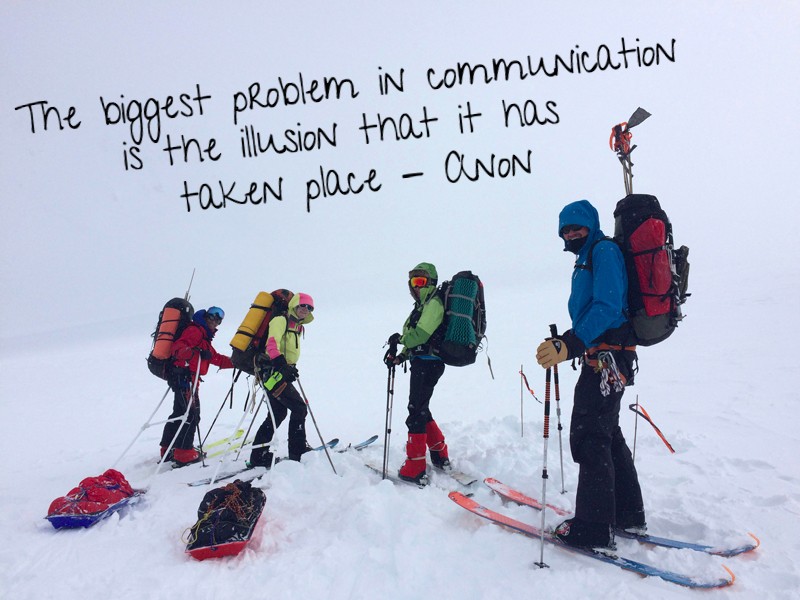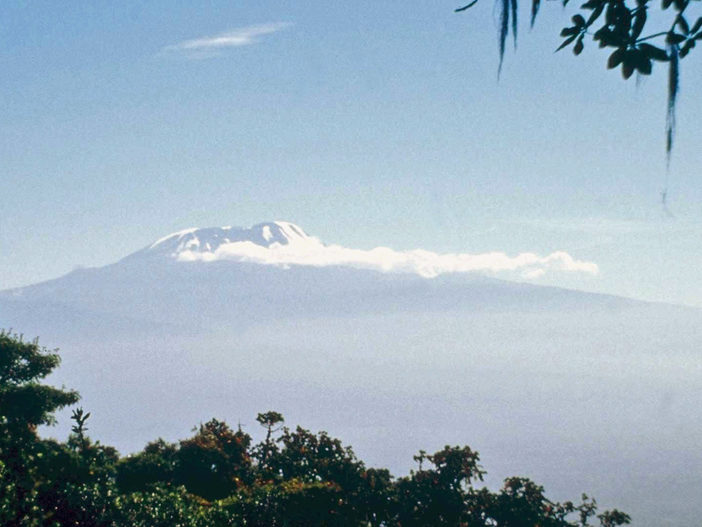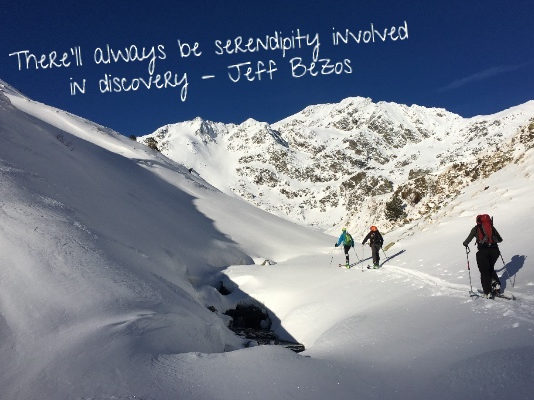Why super-star hires can be an expensive mistake
In a culture that worships success, failed projects normally just sink out of sight, vanishing without explanation. One prematurely terminated adventure project recently caught my eye, because the honest analysis of the failure echoed my own experience from my first Everest expedition.
In summer of 2014 Brian Cunningham, a British explorer with fifty years of adventure experience, joined up with Jamie Young to attempt the first circumnavigation of Ireland in a sailing dinghy. Ten days into the project, it was over. Brian’s analysis of why was interesting. He identified two key problems. One was that he seriously underestimated the size of the challenge, and managed to ignore the weather information that pointed to how difficult it would be, cherry-picking from the data to support the story he already had in his head. But it was the other problem that interests me here.
“I seriously over-estimated my capabilities,” wrote Brian in the final blog post of the project. “I deluded myself into thinking that I could handle hours on end sailing a small dinghy in the open sea. At seventy-one I’ve discovered what most people had already concluded. Both physically and mentally I wasn’t strong enough, fit enough, flexible enough and agile enough the job.”
But his delusion was not pure hubris, he had evidence to back up his belief in himself. “My self-confidence had been artificially boosted by the 70@70 run I’d done to celebrate my seventieth year (A seventy mile solo run through the Scottish mountains in under 24 hours).”
The trouble was that that particular past performance had little bearing on the new challenge. “A hard day in the hills was no guide to how well I would stand up to six to eight weeks of continuous mental and physical strain in a sailing dinghy.”
When we look for something that will provide external validation for our choices, we commonly turn to past performance. We are strongly disposed to believe in trends – that what worked in the past will work in the future. And while not infallible, it is not a bad premise to work from.
However, finding ourselves dazzled by fancy resumes and performance records, we often fail to identify how a past success is different from our future needs. Business people and adventurers are both liable to fall into this trap.
In the first Everest expedition I was involved in, some local super-star climbers were considered automatic choices for the team, both by the expedition leader and by themselves. But no one stopped to consider that their experience was based in very small teams on highly technical but short-duration alpine-style climbs. And that their leadership style was haphazard – in a very small group you can arrange everything through a running conversation.
This expedition involved a raft of commercial sponsors, several hundred thousand dollars in budget, three months on a single mountain, climbing in traditional siege style, with a team too big to forgo structure and the project led by a man who had trained as a British army officer. Neither the objective nor the culture of team suited the super-stars and it all ended very badly indeed.


Boris Groysberg and Nitin Nohria from Harvard did some fascinating research into this idea with General Electric alumni. They explain that “When a company hires a CEO from General Electric—widely considered in the United States to be the top executive-training ground—the hiring company’s stock price spikes instantly.” They studied 20 former GE executives who were appointed chairman, CEO, or CEO designate at other companies and they found that human capital is not as transferrable as we might wish.
“Not all managers are equally suited to all business situations. The strategic skills required to control costs in the face of fierce price competition are not the same as those required to improve the top line in a rapidly growing business or balance investment against cash flow to survive in a highly cyclical business. Such skills are usually transferable to new environments—and are the most portable type of human capital other than general management skills—but they won’t offer an advantage if the strategic needs of the company don’t match the manager’s skills.”
When it comes to selecting new staff, or choosing members of an expedition team, all to often we seem to default to the question – what can they (the super-star hire) offer? In fact what we should be asking is what do we really need? I suspect we avoid doing this because working out what we will really need in the future is hard. The truth is that we can’t know for sure.
It is not just leaders that need to be realistic about the skills needed for their new projects. Individuals need to be self-aware about their talent set and seek out environments where they will thrive. The super-star climbers walking out on the Everest expedition nearly sunk the project. But the whole thing was also a waste of their time and energy, and a traumatising experience for everyone involved.
As Groysberg and Nohria point out, “When star executives switch companies, they leave an environment in which their skill sets allow them to be effective. The more closely the new environment matches the old, the greater the likelihood of success in the new position—a factor managers would do well to consider when deciding to change jobs.”
As project leaders, we need to consider the future with a ruthlessly pragmatic eye, honest about the skill sets that will be needed and the culture we want those skills to be operating in. On a climbing expedition you may be better off with a group of mid-level climbers who are aware that they need to cooperate to excel, and who are committed to a team ethic. The super-star climber is better off pursing their individual goal, with the help of a support crew who are clear about what their role is.
As individuals, if – like Brian did – we want to step outside the cliched ‘comfort zone’ and open ourselves to new challenges, we are well advised to only seek the new in certain aspects of the enterprise, while making sure that our current skill set, whether we are talking about native abilities or learnt skills, is of use to the overall objective.
It’s not about being (only) as good as our last success. It’s about finding that sweet spot where the sum of our past experiences intersects fruitfully with our future challenge.






